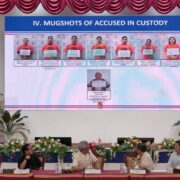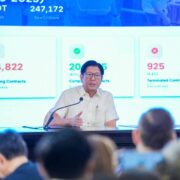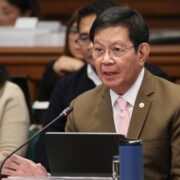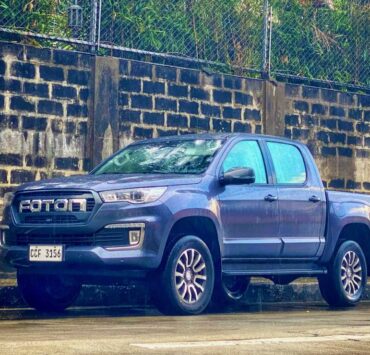Lexus: ‘Matibay’ luxury with enhanced sustainability
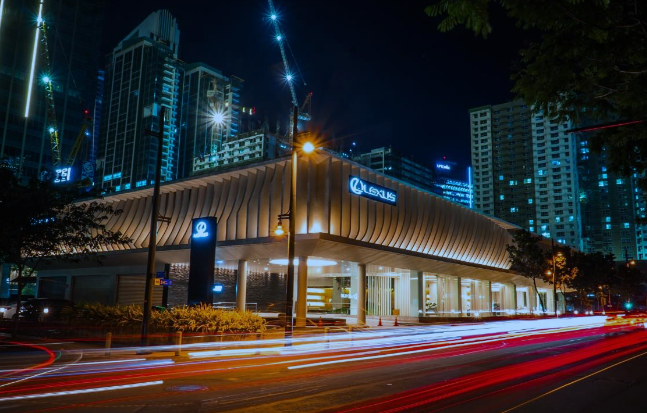
Lexus is unquestionably one of the greatest success stories in the automotive industry.
Whereas the likes of Jaguar, BMW and Mercedes-Benz have centuries of heritage and experience, the luxury arm of Toyota Motor Company only came into existence during the administration of the late President Corazon Aquino. But when the first-generation Lexus LS 400 debuted in 1989, it sent shockwaves throughout the European automotive empires.
That’s because Lexus ably combined the refinement and comfort that the aforementioned marques built their names on with the sheer unburstability that Toyota built its name on. Over 35 years later, Lexus remains a household name that now faces a new set of challenges, particularly with the rise of cheaper and fully electrified competition from China.
We sat down with newly appointed Lexus Manila president Carlo Ablaza to learn how the Japanese luxury automaker intends to stay ahead of the game.
Many options available
Lexus, as part of the Toyota Motor Company, is among the trailblazers in electrified mobility with its hybrid-electric vehicles (HEV).
The company launched the world’s first luxury HEV, the RX 400 h, in 2005 as a more fuel-efficient option to its internal-combustion-engine (ICE) variants. Nowadays, Lexus Philippines offers an almost entirely electrified lineup, which Ablaza said is in line with current demand.
“Locally, I think the hybrid powertrain is currently the best solution for the local luxury market,” Ablaza said. “We also offer EV and ICE. It’s really giving the customers what they want.”
“For me, EV in the Philippines is still in its infancy,” he added. “Although there are customers who are willing to experiment with EVs and we do offer such products, we still have our hybrid vehicles as our stepping stone into electrification.”
Lexus Philippines has HEV versions of the LBX, UX, NX and RX crossovers, the IS, ES and LS sedans, along with the LM multi-purpose vehicle in its current fleet of models for local customers. The Japanese luxury automaker also offers two EVs locally – the UX 300e and the RZ crossovers.
Unparalleled customer service
Ablaza said even though Lexus vehicles share DNA with their Toyota cousins, there exists a world of difference.
“You have to drive it,” he answered immediately. “There’s a sense of occasion, there’s a sense of omotenashi from the moment you touch the door handle and you sit down. It’s a sensory experience that you cannot get in other cars.”
Omotenashi is a Japanese word that means hospitality, thoughtfulness and anticipation of guest’s needs. Lexus uses it as a guiding principle to make sure that its guests, which is how the carmaker refers to its customers, feel welcome and well-cared for.
“I think it goes back to the core values when Lexus was incepted – durability, Japanese craftsmanship, amazing customer experience,” Ablaza said. “A durable, dependable, worry-free luxury car that will be on the road for years. Matibay na luxury car.”
Taking on the People’s Republic
When the Electric Vehicle Industry Development Act lapsed into law in April 2022, EV owners were given a bevy of incentives (including number-coding exemptions), along with a clear pathway to the country’s electrification.
EVs gained more popularity after President Ferdinand Marcos Jr. signed Executive Order No. 12 last January 2023 that removed duties on imported EVs, thus lowering prices. It is in this space where Chinese carmakers have paved their own way, including entering the luxury-car market with a bevy of attractively priced models.
However, Ablaza isn’t too worried.
“I think Lexus’ edge is really taking care of the customers,” he said. “Anybody can do activities. Anybody can offer cars with specs and features. But at the heart of Lexus is really our customers, taking care of our customers, giving them an amazing experience.”
Just like in 1989, Lexus is telling its competition to bring it on.


